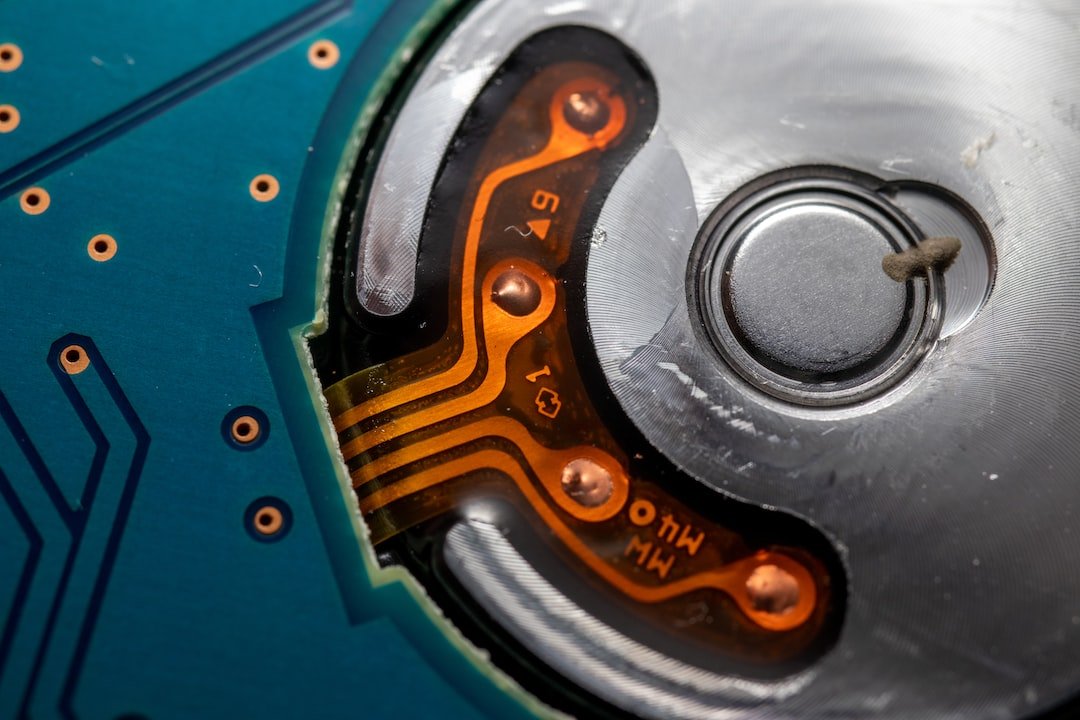Unlocking the Future: Exploring AI Neuromorphic Computing
Category : AI Hardware | Sub Category : Neuromorphic Computing Posted on 2023-07-07 21:24:53

Unlocking the Future: Exploring AI Neuromorphic Computing
Introduction
Researchers are constantly looking for new ways to develop more powerful and efficient forms of artificial intelligence as technology continues to advance. One emerging field that holds tremendous promise is neuromorphic computing, a revolutionary approach that draws inspiration from the human brain to create highly efficient and adaptive artificial intelligence systems. We will explore the world of artificial intelligence, exploring its potential applications, advantages, and future prospects.
Understanding neuroscience computing
Computational neuroscience is a branch of artificial intelligence that tries to duplicate the structure and function of the human brain. By mimicking the human brain's highly parallel and energy efficient processes, neuromorphic computing seeks to create artificial intelligence systems that can perform complex tasks with remarkable efficiency.
Computational neuroscience uses parallel processing, which is different from traditional computing. This allows chips to process multiple tasks at the same time. The design of the chips is inspired by the brain's s t t t t t t t t t t t t t t t t t t t t t t
There are applications of neural computation.
Enhancements to vehicles and robotics are just some of the potential applications of the technology. There are a few areas where neuromorphic computing can make a difference.
1 Neuralgia computing can greatly enhance the capabilities of autonomously systems by enabling them to process sensory inputs in real-time, make complex decisions quickly, and adapt to changing environments. Integrating neuromorphic computing can make self-driving cars and drones more efficient and safe.
2 Cognitive Robotics can be designed to have similar cognitive capabilities to humans. They can learn and make decisions based on their environment. In industries where human-like cognitive abilities are important, suchrobots could be used.
3 Drug discovery can be sped up by using neuralgia computing to analyze complex biological systems. Artificial intelligence systems can analyze vast amounts of data and identify potential drug candidates more efficiently, thanks to its parallel processing capabilities.
The advantages of neural computing.
The advantages of incorporating neuromorphic computing into the systems are many.
1 The architectures of computing systems are designed to consume less power. This attribute makes them suitable for applications that are resource constrained, such as those in remote areas or those powered by batteries.
2 Real-time processing of complex data is possible with the parallel processing nature of neuromorphic computing. This capability is important in applications where quick decision-making is important.
3 Neural computing systems have the ability to learn and adapt. This advantage makes systems highly Adaptable to dynamic environments.
Future possibilities.
Artificial intelligence is still in its infancy. Its potential is inescapable. The way for more advanced and practical applications in the near future is being paved by researchers who are continually working on improving the efficiency and capabilities of neuromorphic chips.
As the possibilities are even more limitless, the combination of emerging technologies like quantum computing and advanced data analytic can be used. The convergence of technologies has the potential to unleash a new era of artificial intelligence, requiring less power and processing time to accomplish complex tasks.
Conclusion
The development of intelligent and efficient artificial intelligence systems is taking a big leap forward. With its ability to mimic the human brain's neural networks, neuromorphic computing holds the potential to change industries and make improvements in areas such as cognitive robotics and healthcare. The future of artificial intelligence is very promising and will shape the way we interact with technology and bring in a new era of intelligent machines.
Leave a Comment:
SEARCH
Recent News
- Are you interested in embarking on a thrilling journey from Zurich, Switzerland to France while exploring the fascinating world of artificial intelligence games? Strap in and get ready for a unique adventure that combines the beauty of travel with the excitement of cutting-edge technology!
- Zurich, Switzerland, is a picturesque city known for its stunning landscapes, rich history, and vibrant cultural scene. However, in a bizarre turn of events, a tragedy unfolded in Zurich that shook the entire nation. The incident involved a cutting-edge artificial intelligence system that was being used in a series of immersive virtual reality games.
- Are you interested in the fascinating intersection of artificial intelligence and gaming in the beautiful cities of Zurich, Switzerland, and Sweden? Let's dive into this exciting topic!
- Switzerland is renowned for its picturesque landscapes, luxurious watches, and delicious chocolates. However, the country is also making significant strides in the fields of artificial intelligence and game development. Two of its major cities, Zurich and Geneva, are at the forefront of these exciting advancements.
- **Exploring the Intersection of Artificial Intelligence and Gaming in Zurich and Frankfurt**
- Revolutionizing Education in Cameroon with Artificial Intelligence Games: A Case Study from Zurich, Switzerland
- **Exploring the Intersection of Artificial Intelligence and Gaming in Zurich, Switzerland and Brussels, Belgium**
- Exploring the Intersection of Artificial Intelligence in Games: A Perspective from Zurich, Switzerland and Bangladesh
READ MORE
1 year ago Category :

Are you interested in embarking on a thrilling journey from Zurich, Switzerland to France while exploring the fascinating world of artificial intelligence games? Strap in and get ready for a unique adventure that combines the beauty of travel with the excitement of cutting-edge technology!
Read More →1 year ago Category :

Zurich, Switzerland, is a picturesque city known for its stunning landscapes, rich history, and vibrant cultural scene. However, in a bizarre turn of events, a tragedy unfolded in Zurich that shook the entire nation. The incident involved a cutting-edge artificial intelligence system that was being used in a series of immersive virtual reality games.
Read More →1 year ago Category :

Are you interested in the fascinating intersection of artificial intelligence and gaming in the beautiful cities of Zurich, Switzerland, and Sweden? Let's dive into this exciting topic!
Read More →1 year ago Category :
